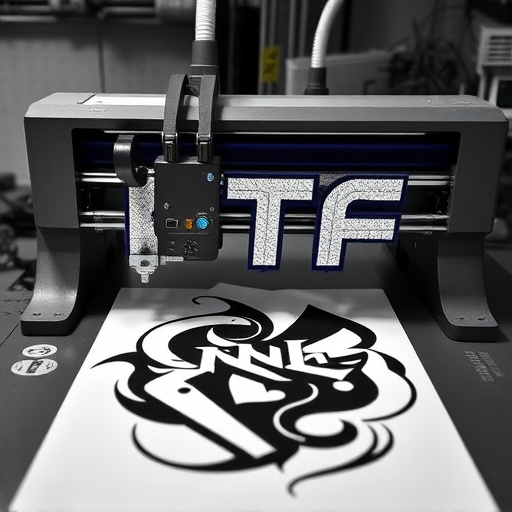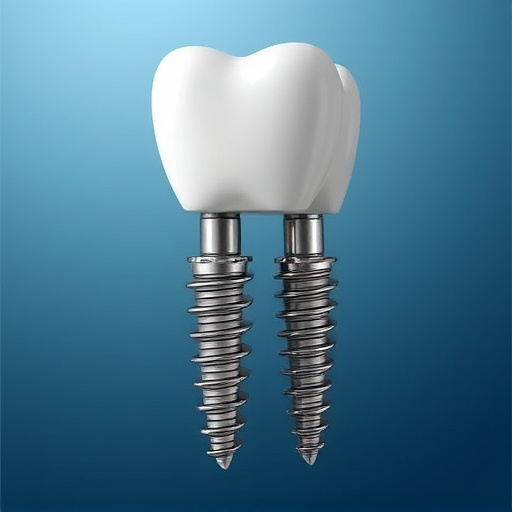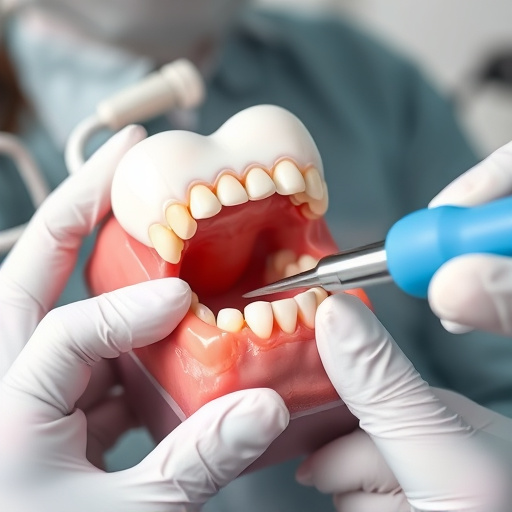Crown lengthening procedure is a dental surgery exposing more tooth surface for restoration, addressing recessed gums or crowding. It enhances aesthetics and functionality, preparing teeth for crowns, veneers, or cosmetic treatments. Beneficial for adults seeking self-confidence improvements and pediatric dentistry during orthodontic treatment, managing gum tissue limiting restorability of teeth. Post-surgery, swelling and mild pain are manageable; recovery allows for restorative treatments in 2-3 weeks.
Crown lengthening, a delicate dental procedure, plays a pivotal role in ensuring successful tooth restoration. By gently reshaping gum tissue, this technique exposes more of the natural tooth, providing essential support for crowns or bridges. This article delves into the fundamentals of crown lengthening, elucidating its benefits and offering a comprehensive guide to the process and recovery. Understanding this procedure is key to achieving optimal dental health and aesthetics.
- Understanding Crown Lengthening: A Basic Guide
- Benefits of This Procedure for Dental Restoration
- The Process and Recovery: What to Expect
Understanding Crown Lengthening: A Basic Guide
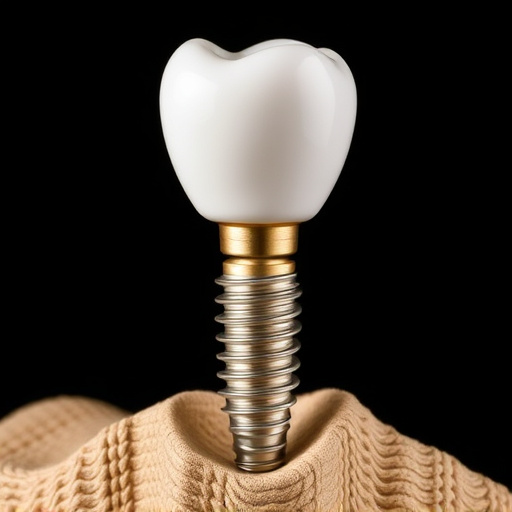
Crown lengthening, or crown lengthening procedure, is a dental surgery that involves modifying the gum line to expose more of the tooth’s surface. It’s a common step in preparing teeth for restoration, especially when dealing with teeth that are deeply embedded in the gums or have suffered from recession. This procedure can enhance both the aesthetic appeal and functionality of your smile.
When a tooth is covered by excessive gum tissue, it may not be suitable for traditional cosmetic fillings or dental implants without additional intervention. Crown lengthening creates more space, ensuring that restorative work like crowns, veneers, or even cosmetic dentistry treatments can be effectively placed. This simple yet precise procedure is often the first step in achieving a beautiful and healthy smile after addressing significant gum issues or crowding.
Benefits of This Procedure for Dental Restoration
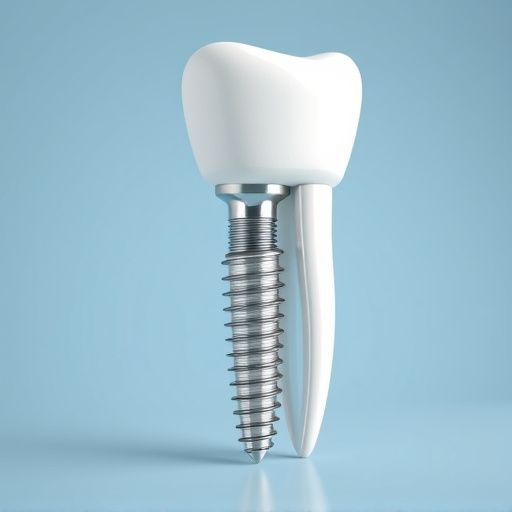
The crown lengthening procedure is a valuable tool in dental restoration, offering several significant advantages for patients’ oral health and aesthetics. One of its primary benefits is improving the appearance and functionality of teeth that are partially covered by gums, often due to receding gum lines or issues with jaw positioning. By gently repositioning the gums and exposing more tooth enamel, this procedure enhances the overall look of a smile, making teeth appear longer and straighter. This is especially beneficial for individuals considering cosmetic dentistry or those who want to improve their self-confidence with a brighter, more balanced smile.
Moreover, crown lengthening can facilitate proper dental restoration after procedures like wisdom tooth removal or when addressing gum disease through surgery. It ensures that there is sufficient tooth structure present to support and secure dental crowns or fillings effectively. In children’s dentistry, this procedure may be recommended as part of orthodontic treatment, promoting healthier teeth development and maintaining the best long-term oral health outcomes. Regular teeth cleaning practices become easier too, as exposed enamel allows for better access during routine dental hygiene routines.
The Process and Recovery: What to Expect
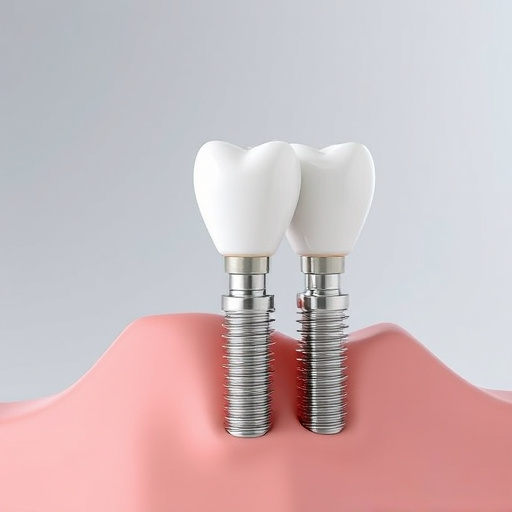
The crown lengthening procedure involves a precise surgical process where a small amount of gum tissue and/or bone is removed to expose more of the natural tooth, making it longer. This technique is often recommended when a tooth has insufficient height or is partially covered by gum tissue, hindering proper restoration with dental crowns or veneers. During the procedure, a dentist will carefully make incisions in the gums and remove the necessary tissue, while ensuring minimal discomfort. In some cases, bone grafting may be performed to enhance bone structure and support.
Post-surgery, patients can expect swelling and mild pain, which can be managed with prescribed medications. It is crucial to adhere to post-operative care instructions, including keeping the area clean and avoiding certain foods for a period of time. Typically, recovery takes around 2-3 weeks, after which the exposed tooth can support a dental crown or other restorative treatments. This procedure is particularly beneficial for adults seeking aesthetic improvements, as well as in children’s dentistry when managing teeth with potential impact from nearby erupting teeth.
Crown lengthening is a crucial procedure that facilitates proper dental restoration, offering numerous benefits including improved aesthetics and better functionality. By enhancing the amount of tooth exposed, this process allows for more robust and natural-looking restorations. Understanding the basics and knowing what to expect during recovery makes it an attractive option for anyone seeking optimal oral health. The crown lengthening procedure is a game-changer in dental restoration, ensuring long-lasting results.





